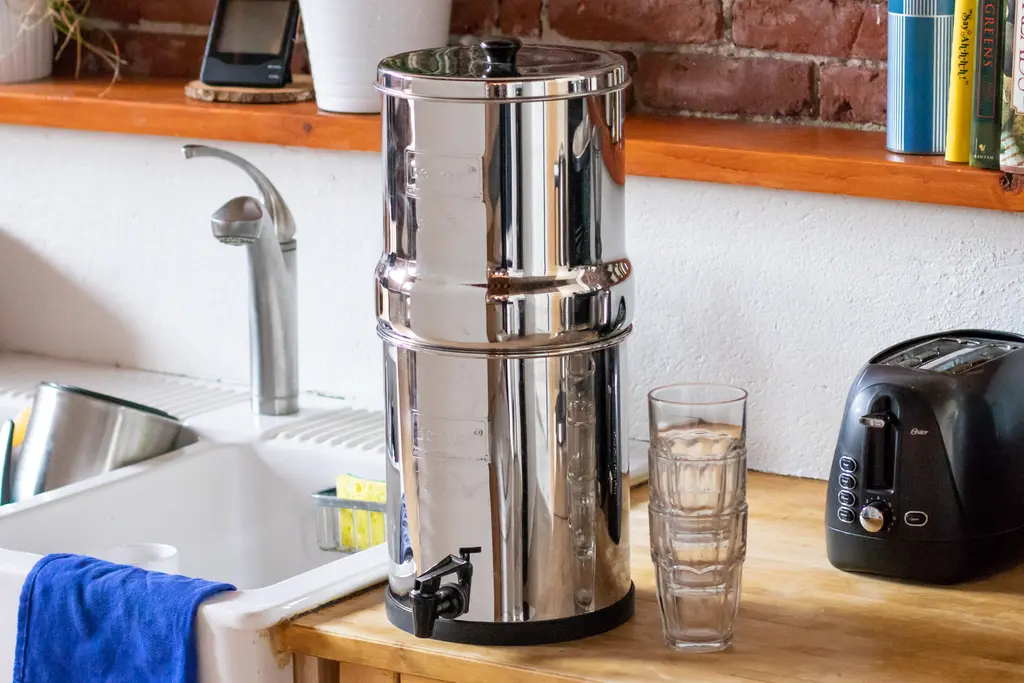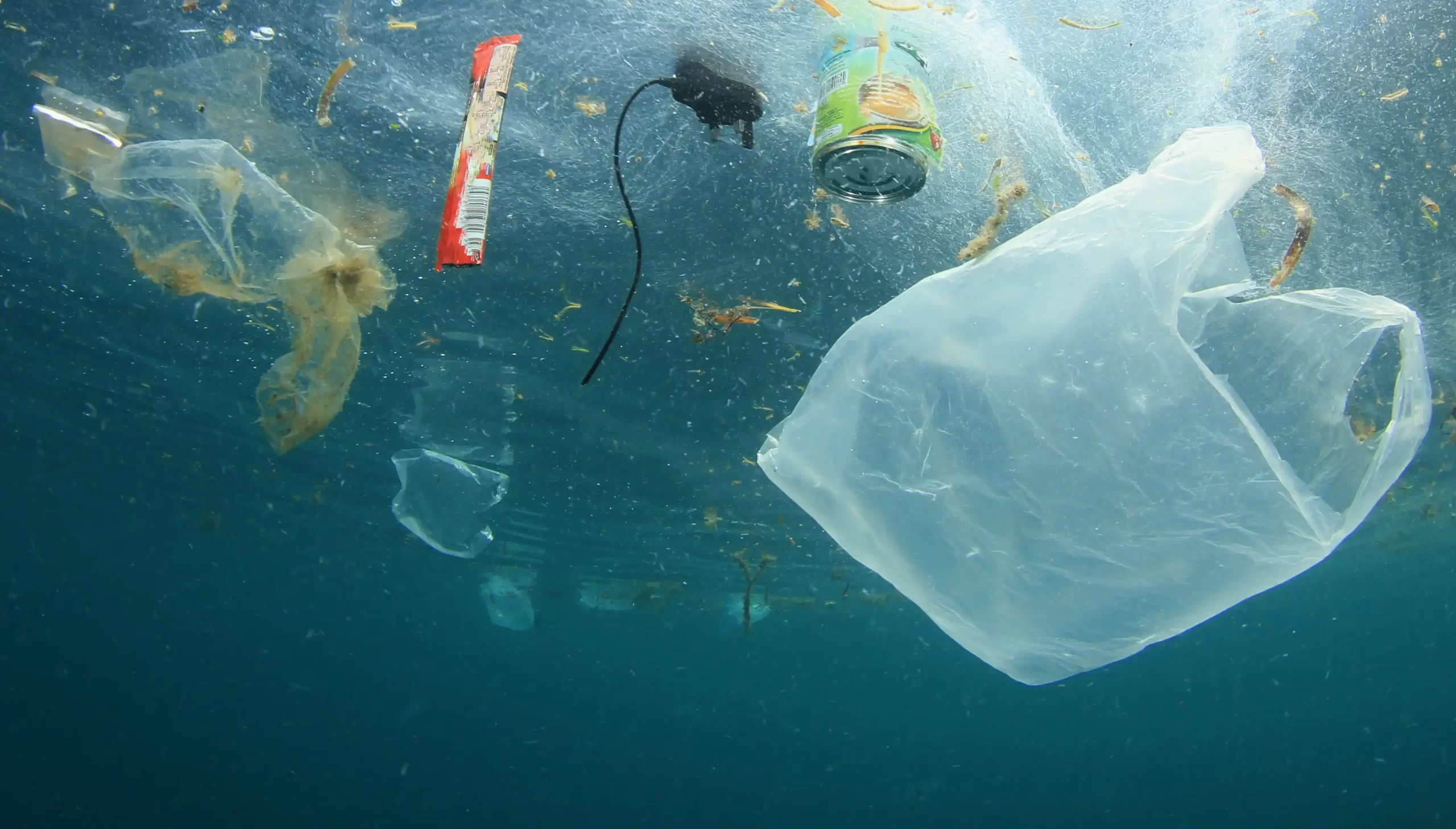Water pollution is indeed a critical global issue with significant environmental, social, and economic implications. Here are some key points you should know about water pollution:
- Sources of Pollution: Water pollution can originate from various sources, including industrial activities, agricultural runoff, improper disposal of waste, sewage discharge, oil spills, and urban runoff containing pollutants like heavy metals, chemicals, and plastics.
- Effects on Ecosystems: Pollution adversely affects aquatic ecosystems, leading to the degradation of water quality, a decline in biodiversity, disruption of food chains, and the proliferation of harmful algal blooms. These impacts can have cascading effects on entire ecosystems and the organisms that depend on them.
- Health Risks: Contaminated water poses serious health risks to humans and animals alike. Consumption of polluted water can lead to waterborne diseases such as cholera, typhoid, and hepatitis. Additionally, pollutants in water can bioaccumulate in the food chain, further endangering human health.
- Economic Impact: Water pollution imposes significant economic costs through the loss of ecosystem services, diminished water availability for agriculture and industry, increased healthcare expenditures due to water-related illnesses, and the expense of pollution cleanup and remediation efforts.
Water pollution causes
Water pollution is caused by a variety of human activities and natural processes. Here are some common causes of water pollution:
- Industrial Discharges: Industries often release pollutants such as heavy metals, chemicals, and toxins into water bodies through wastewater discharge. These pollutants can include harmful substances like mercury, lead, arsenic, and various organic compounds.
- Agricultural Runoff: Agricultural activities contribute to water pollution through the runoff of fertilizers, pesticides, and herbicides from farmlands into nearby water sources. These chemicals can contaminate water bodies, leading to nutrient pollution, algal blooms, and the disruption of aquatic ecosystems.
- Sewage and Wastewater: Improperly treated sewage and wastewater from residential, commercial, and industrial sources can introduce pathogens, nutrients, and organic matter into waterways, causing bacterial contamination, eutrophication, and degradation of water quality.
- Oil Spills: The accidental or intentional release of oil into water bodies, whether from oil tankers, pipelines, or offshore drilling operations, can lead to devastating oil spills. Oil spills not only coat the water surface, harming aquatic life and birds, but they also contaminate water with toxic substances that persist in the environment for long periods.
Freshwater pollution effects
Freshwater pollution can have numerous adverse effects on ecosystems, human health, and the economy. Some of the key effects include:
- Habitat Degradation: Pollution alters the physical, chemical, and biological characteristics of freshwater habitats, leading to habitat degradation and the loss of biodiversity. Aquatic plants, fish, and other organisms that depend on clean water may suffer from habitat destruction and population decline.
- Water Quality Decline: Pollutants such as nutrients, heavy metals, pathogens, and organic compounds degrade water quality, making it unsuitable for drinking, recreation, and supporting aquatic life. Poor water quality can lead to algal blooms, oxygen depletion, and the accumulation of toxins, posing risks to both humans and wildlife.
- Health Risks: Contaminated freshwater sources can cause waterborne diseases such as cholera, dysentery, and hepatitis, particularly in communities that lack access to clean drinking water and proper sanitation facilities. Consumption or contact with polluted water can result in various health problems, including gastrointestinal illnesses, skin infections, and respiratory issues.
- Economic Losses: Water pollution imposes significant economic costs through the loss of ecosystem services, reduced water availability for agriculture and industry, decreased fishery yields, and increased healthcare expenditures for treating water-related illnesses. Pollution cleanup and remediation efforts also entail substantial financial burdens on governments and communities.
Freshwater pollution solutions
Addressing freshwater pollution requires a multifaceted approach involving government regulations, technological innovations, community involvement, and public awareness campaigns. Here are some key solutions:
- Regulatory Measures: Governments can implement and enforce laws and regulations to control pollution discharges into freshwater bodies. These may include setting limits on pollutant levels, establishing water quality standards, and imposing penalties for non-compliance with pollution control measures.
- Wastewater Treatment: Upgrading and expanding wastewater treatment infrastructure can help reduce the discharge of pollutants from industrial, agricultural, and urban sources. Advanced treatment technologies, such as biological filtration, chemical treatment, and membrane filtration, can effectively remove contaminants from wastewater before it is discharged into water bodies.
- Stormwater Management: Implementing stormwater management practices, such as green infrastructure (e.g., rain gardens, permeable pavement) and retention ponds, can help capture and filter pollutants from urban runoff before they reach freshwater systems.
- Sustainable Agriculture Practices: Encouraging farmers to adopt sustainable agricultural practices, such as precision farming, crop rotation, and reduced chemical use, can minimize agricultural runoff and nutrient pollution in freshwater sources.
- Riparian Buffers: Establishing riparian buffer zones along waterways can help prevent pollution from entering freshwater bodies by filtering out sediments, absorbing nutrients, and providing habitat for wildlife.
Is tap water safe to drink?
In many developed countries, tap water is generally safe to drink due to stringent regulations and water treatment processes. Municipalities treat tap water to remove contaminants and ensure it meets safety standards set by government agencies. These standards often include limits on levels of bacteria, chemicals, heavy metals, and other pollutants.
However, the safety of tap water can vary depending on factors such as the location, quality of water treatment facilities, and potential contamination from aging infrastructure or environmental sources. In some regions, tap water may contain trace levels of contaminants that, while within regulatory limits, could still raise concerns for some individuals.
To ensure the safety of tap water, it’s essential to regularly monitor water quality, conduct testing as needed, and address any issues promptly. Additionally, individuals with specific health concerns or who live in areas with known water quality problems may choose to use additional filtration or purification methods, such as faucet-mounted filters or water pitchers with built-in filters, for added peace of mind.
Overall, while tap water is typically safe to drink in many places, it’s essential to stay informed about local water quality and take appropriate precautions if necessary. If you have any doubts about the safety of your tap water,
Internal link: bilaar.com









